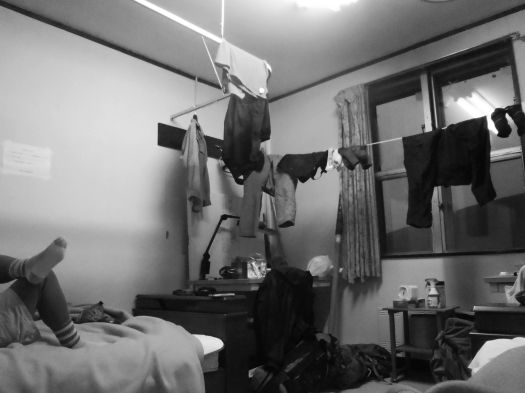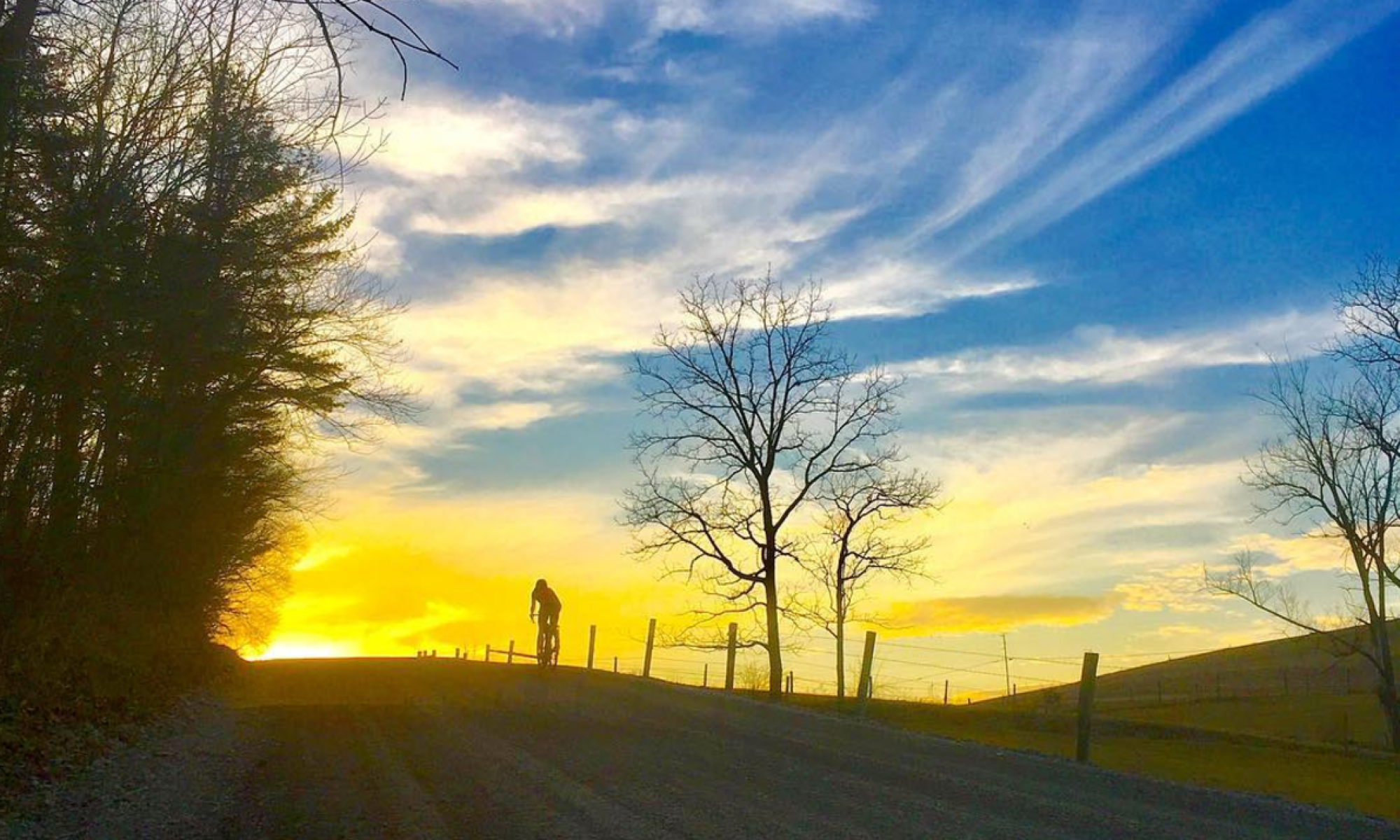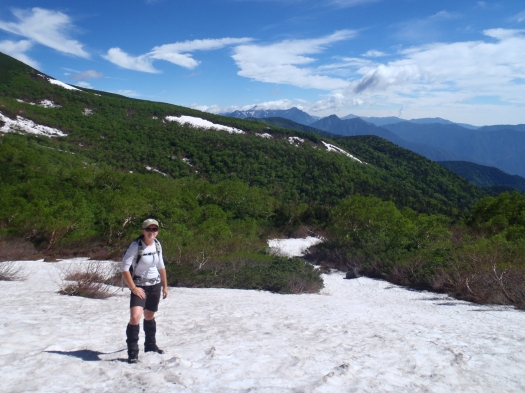Our second day in the mountains was going well. The rain was holding off, we were slowly becoming more efficient, and despite the atrocious flies that buzzed continuously around our heads and found the need to explore our ears, noses, and eyelids, and the occasional frustration and delay of a tree core stuck in a borer, we were getting a lot of work done.
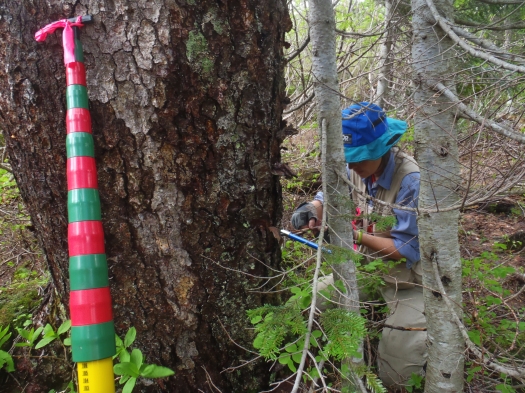
Then we noticed that our straw supply was quickly dwindling. We use straws (the kind you drink out of) to put the tree cores in, as they are the appropriate shape and size, and offer good protection for the cores that are the bread and butter of Amanda’s research. When we were packing for this trip out into the field, we had calculated the number of trees we would be coring, not taking into account that we were taking two cores out of each tree. And so, we were nearly out of straws, and only half done with the work. The only option we saw was to return to Matsumoto early, and so, we decided that we would catch a bus back to town the next day.

We woke up to crystal clear skies, finished a small amount of work, and had plenty of time to go for a hike and enjoy the rare sunny weather before we were due to leave the mountain. After quickly dropping off field gear and changing into lighter clothes, we headed up the trail, scrambling over wet rocks and digging our feet into the slushy snow. A solitary hiker was up ahead, helping us figure out where the trail was under the snow. We took our time, parts of us wanting to reach the summit, but also knowing we would have many more opportunities. I just wanted to enjoy the day, take in the view, and, as I discovered, acclimate to the altitude.
I didn’t expect to be effected by Norikura’s 3025 meter (~10,000 feet) elevation, but as we ascended, I became aware of subtle changes in my ability to breathe. Not enough to be a problem, but just enough to make me take notice, and be thankful that we were doing this hike now, before we’d have to do longer and steeper treks with 50-60 pound packs.
As we carefully plodded our way up the snow-and-ice-covered stream, we noticed a large hole in the crust, presumably made by our silent hiker-friend ahead of us. The hole dropped a few feet to the water below, a painful-looking fall, if that is indeed what happened. After peering over the edge to make sure he wasn’t still stuck down there, we were relieved to see footprints continuing on beyond the void, signs that he had gotten out and, seemingly fine, continued on his way. Our thoughts were confirmed when we once again saw him ahead of us, sitting at the edge of a large snow field, eating lunch. We passed him, continuing the amusing but unacknowledged game of leapfrog that we were playing.

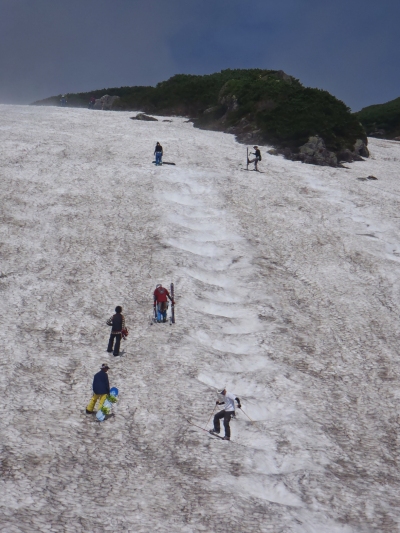
By the time we reached a cabin on a saddle of the mountain within sight of the peak, it was late enough that we decided not to try to reach the top, fearing we would miss our bus. Instead, we decided to hike back down on the road, both for efficiency’s sake and for some different views. Along the way, we caught a good glimpse of a ptarmigan and her chicks, wandering around near the roadside. We were also passed by a large number of cyclists, as it’s popular to bike up the Norikura road, an endeavor which, if I had the time and the funds to rent a decent bike, I would most definitely try. It’s on the list of things to do if I ever make it back here.

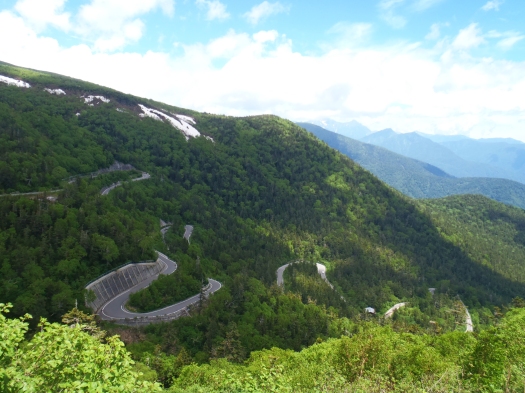
When we got back to the cabin we were staying at, there was a quite a crowd gathered, bikers and hikers streaming in to eat lunch or grab a refreshing beverage. We sat outside next to our packs, munching on the snacks that were our lunch, as several of the older men blatantly stared at us—because we were white, because we were women, because our legs were dirty and hairy, because we had big backpacks on a mountain that doesn’t allow camping, because we were eating cheese and crackers while everyone else slurped down bowls of soup and noodles—or maybe all of the above.
And so, when Dr. Takahashi, Amanda’s “advisor” here at Shinshu University happened to drive by, see us, and pull over to chat, it was a welcome escape from the feeling that we were animals at a zoo, constantly being watched. He also offered us an alternative to going back to Matsumoto and aborting our field work on Norikura—he would drive us to a store at the bottom of the mountain, where we could buy straws and continue as planned. In an instant, our plans changed entirely, and instead of sitting on a bus bound for the city, we found ourselves hurtling down the mountain at a faster-than-comfortable speed, as Dr. Takahashi narrowing avoided hitting several oncoming cars. All the while, eating his lunch, something that looked sort of like a hot dog but wasn’t, and a very long jelly roll, which he proceeded to spill all over himself, a situation that turned awkward at best when SoHey, his student who was sitting in the passenger seat, had to pick it up out of his lap for him.
But we survived the near-collisions with the cars and the cement mixer, and soon we were back at the top of the mountain, straws and all, walking in the hot midday sun towards our accommodations for the evening, a field station for the Institute for Cosmic Ray Research. Logically, we headed towards the building on one of the lower peaks of the mountain, the one with the giant telescope that looked like the type of place that would study things like cosmic rays. And so, we hiked up the hill for what seemed like forever, my mouth parched and my feet in pain. When we finally arrived at the top, we looked around for something resembling a front entrance, seeing nothing. We got out a picture of the building that Dr. Takahashi had given us and clearly marked the front door on, and realized that the building in the picture looked nothing like the building we were staring at. The building we were supposed to be at was several hundred meters below, next to the cabin we had hiked to that morning. We had just hiked up a not-so-small hill that we didn’t need to, exhausted, hot, and hungry. But at least it was all downhill from here, and soon enough, we were being welcomed into the appropriate structure, stripping out of our sweaty, stinky clothes and wool socks, and plopping down, whooped from the heat.
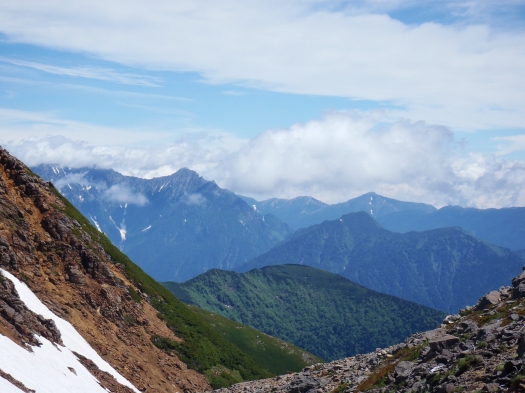

My night of sleep after a long day of working, hiking, and plan-changing wasn’t nearly as restful as I had imagined or hoped it would be. Even in a bed of down and fleece that should have been soft, warm, and ever so comfy, I awoke in the middle of the night with a splitting headache, maybe from dehydration, maybe from the altitude, maybe from both. The pounding in my head continued til morning, only allowing me bits and pieces of sleep. So I mostly lay awake, waiting for my alarm to go off in the morning. When it did, I turned and looked outside, seeing only a blanket of white fog outside the window, a not-so-promising day for field work. But we got dressed, ate breakfast and drank our instant coffee that was disappointingly a little more cream than coffee, and headed out into the mist.
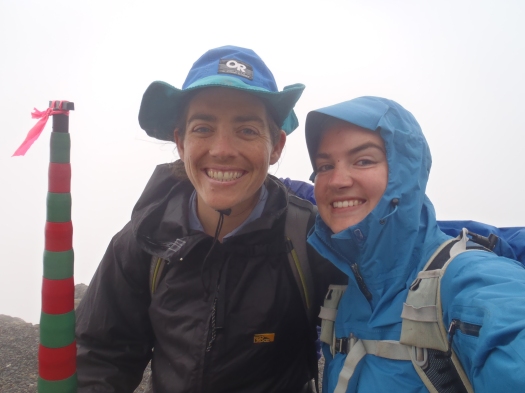
The route to the study site ran along a road with barely any shoulder and on which cars seemed to drive entirely too fast for the very limited visibility in the current foggy conditions. After several cars sped by, coming within a couple feet of us, we decided to bag the attempt to work and head back to the cosmic station to hope for clearer weather later in the day. It was strange to look out into the abyss that yesterday held beautiful, clear views of the mountains beyond and the trees and snow below, and today see only white. Not even shadows of objects were visible in some areas. The wind would gust and blow, and more clouds would roll in, tiny water droplets visibly speeding by at an incredible speed.
The fog never cleared, never even lessened, so we spent the rest of the day in our little room at the research station with the hole in the ceiling that looked suspiciously like a giant fly, and the pillows that were made, ironically, of cheesecloth and bits of cut up straws. Alternating between reading and writing and talking and eating and sleeping and looking at the posters on the walls explaining something to do with star stuff that we couldn’t understand.
The next day began in much the same manner, so we decided to get out of there, return to an even hotter Matsumoto than when we left, and plan our next trip to another mountain, which hopefully, for Amanda’s sake, will be slightly more productive.

